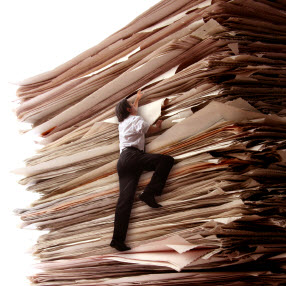
Now that we have reviewed the items necessary to have in hand before you can start to calculate an asset’s depreciation, let’s review which of the uses of property would give rise to needing depreciation in the first place.
There can be some confusion between personal type property (real or personal) and personal-use property. Since, in most cases, personal-use property is not depreciated as it is used for personal and not business reasons, when we refer to “personal property” while talking about depreciation we are talking about personal type property that is business use.
For the most part, depreciation is taken on business use property. As mentioned above, Read More


 There are many aspects to year-end planning; one of them for businesses is your ability to make choices when it comes to depreciation. Equipment and machinery purchases can be a big part of a business’s budget, and they can make a big difference when it comes to taxable income.
There are many aspects to year-end planning; one of them for businesses is your ability to make choices when it comes to depreciation. Equipment and machinery purchases can be a big part of a business’s budget, and they can make a big difference when it comes to taxable income.

















Recent Comments